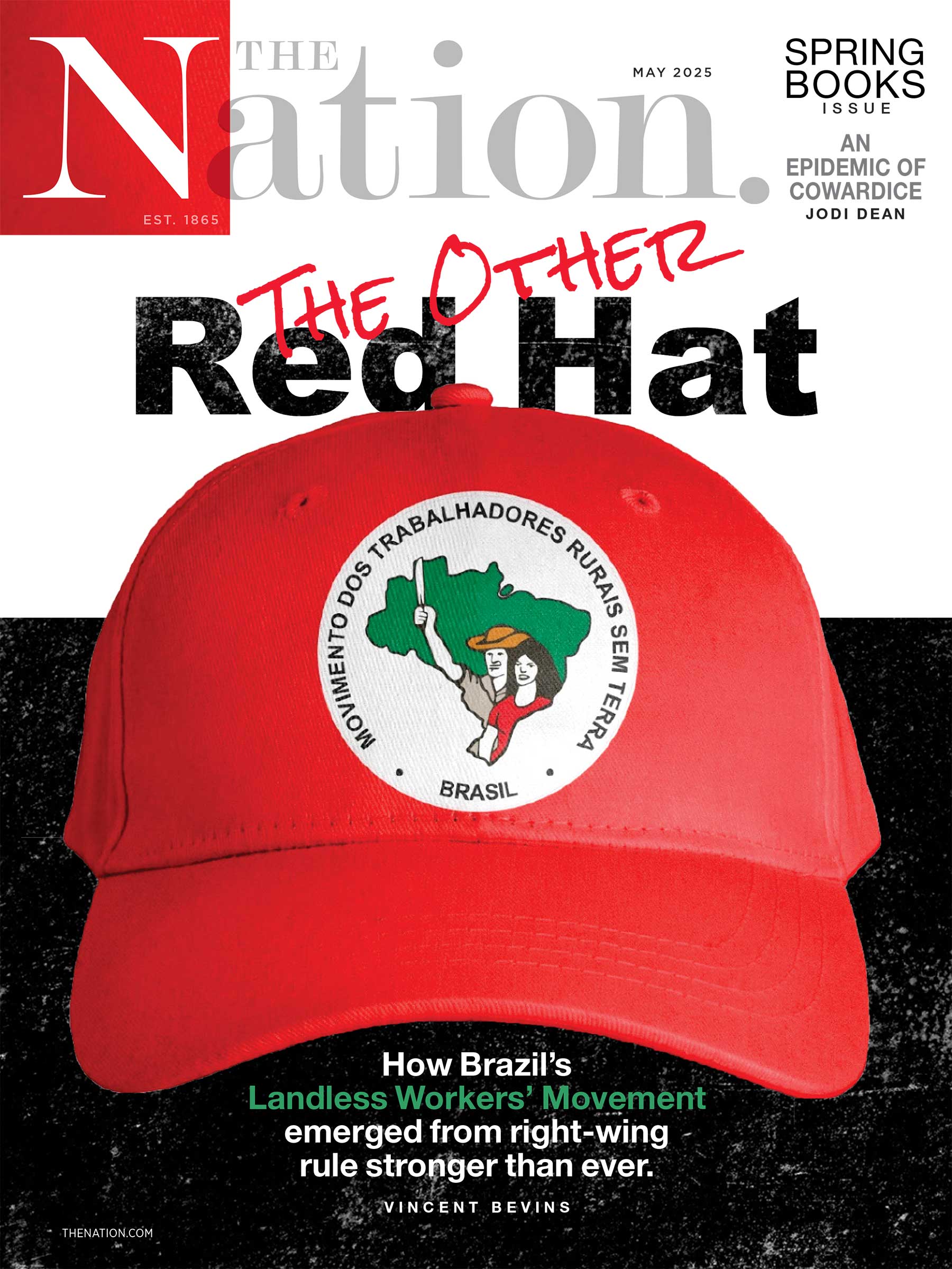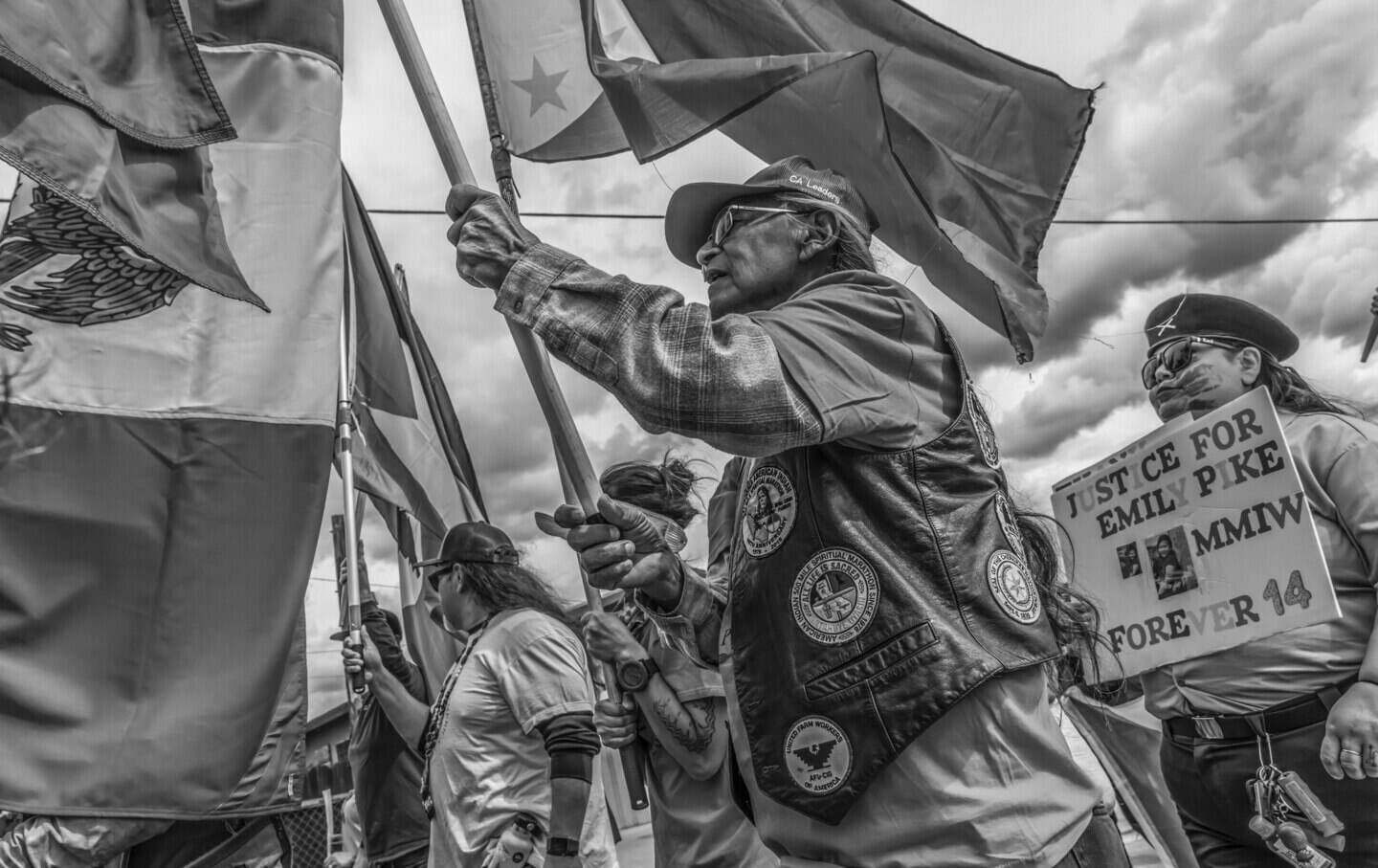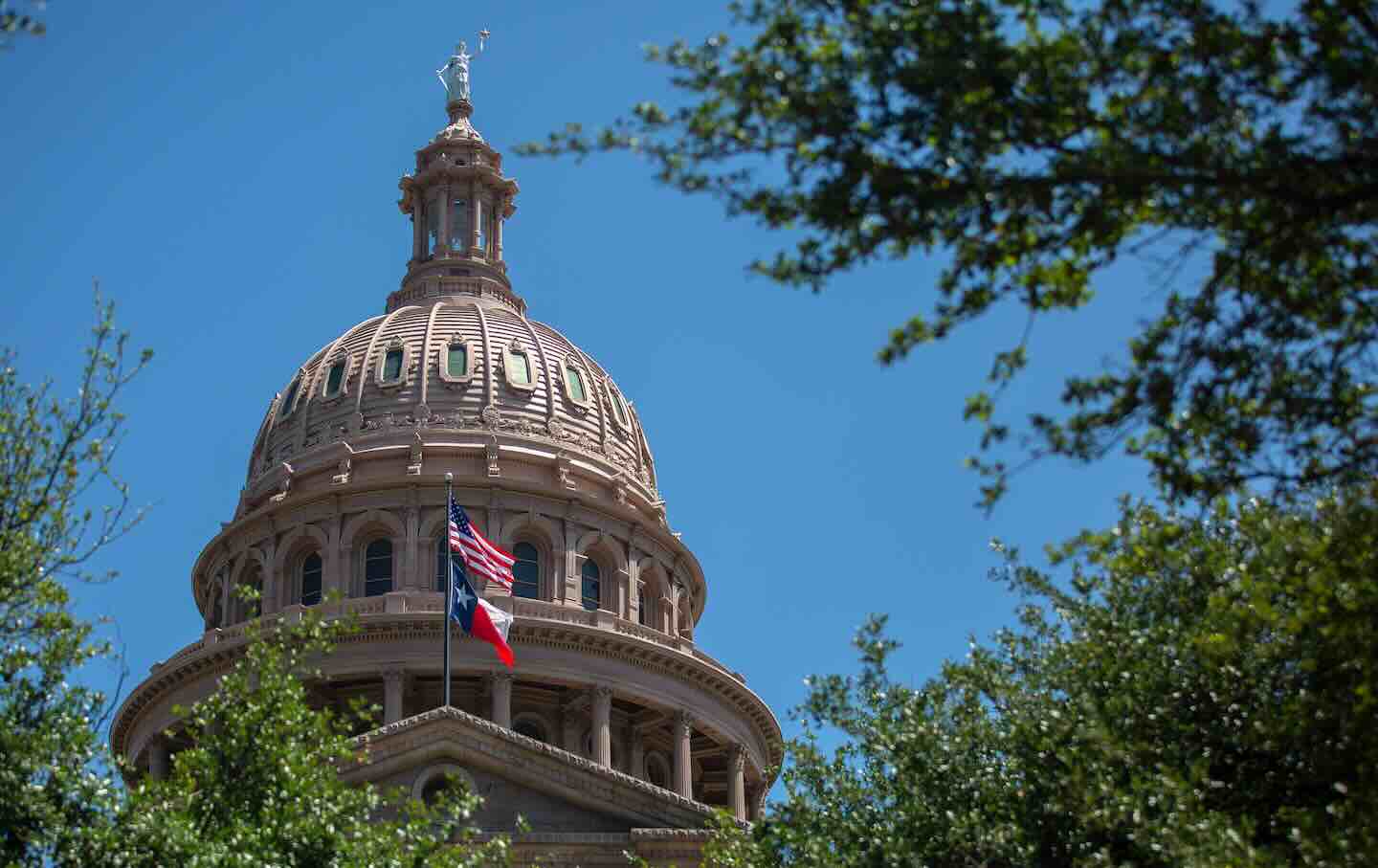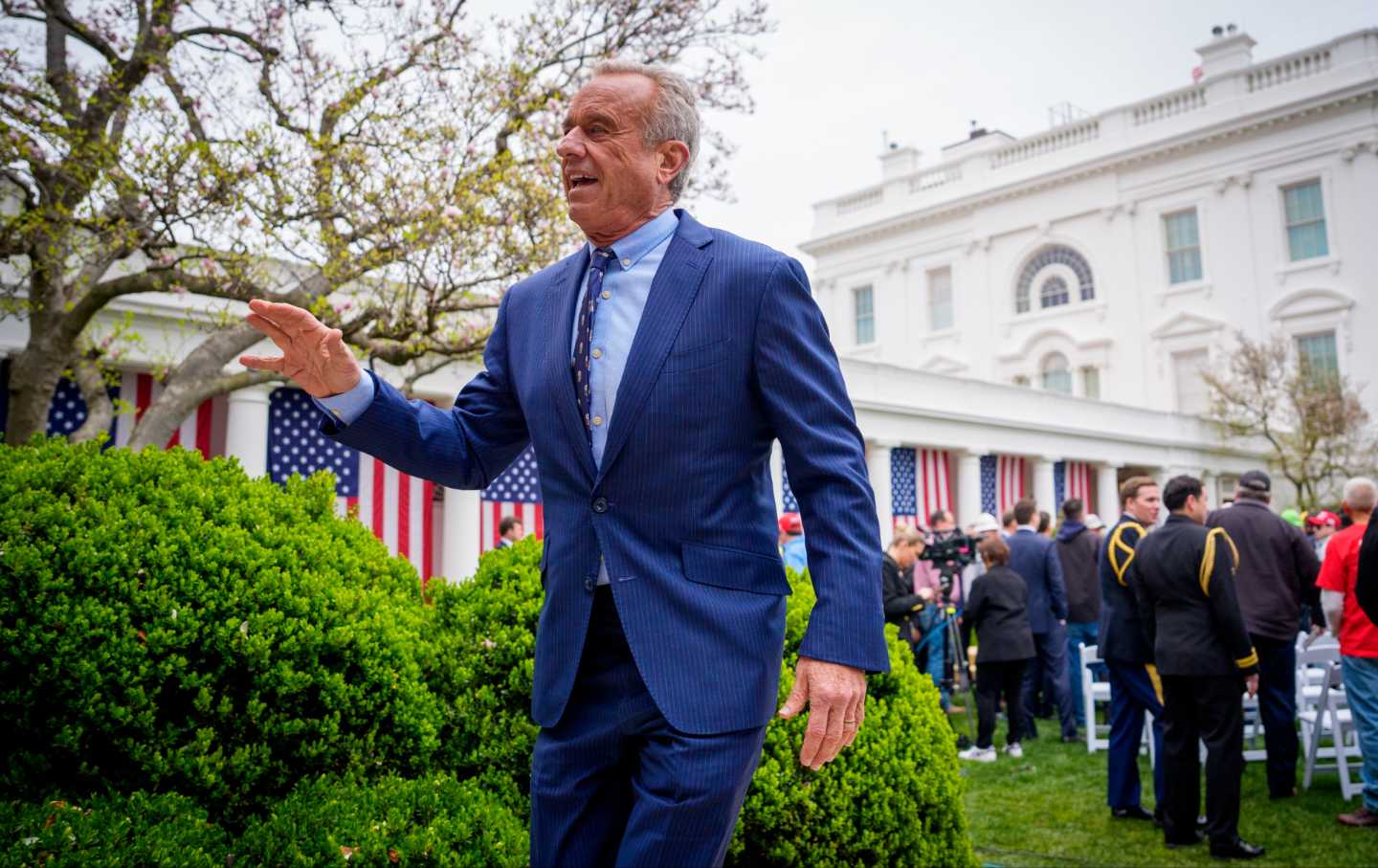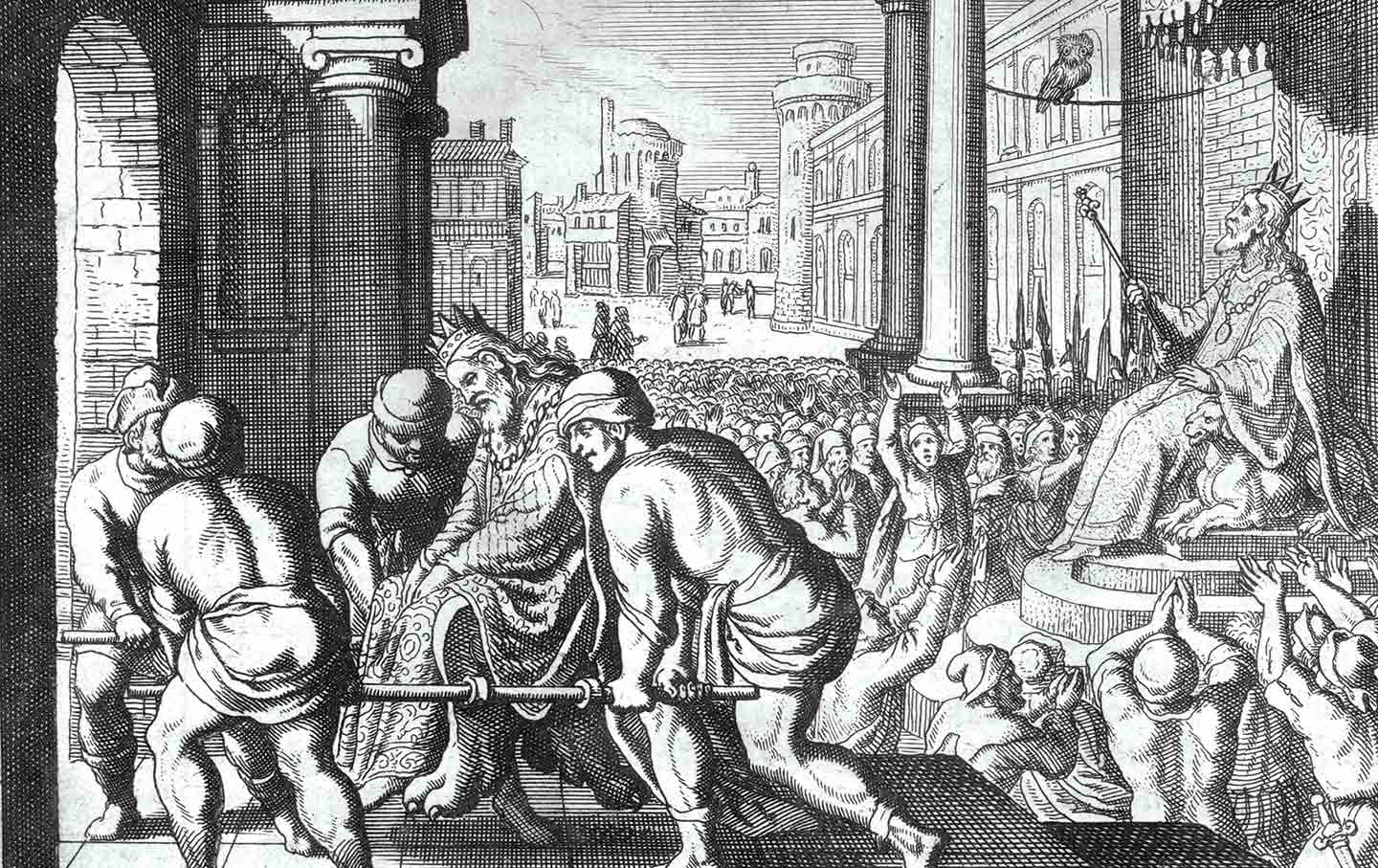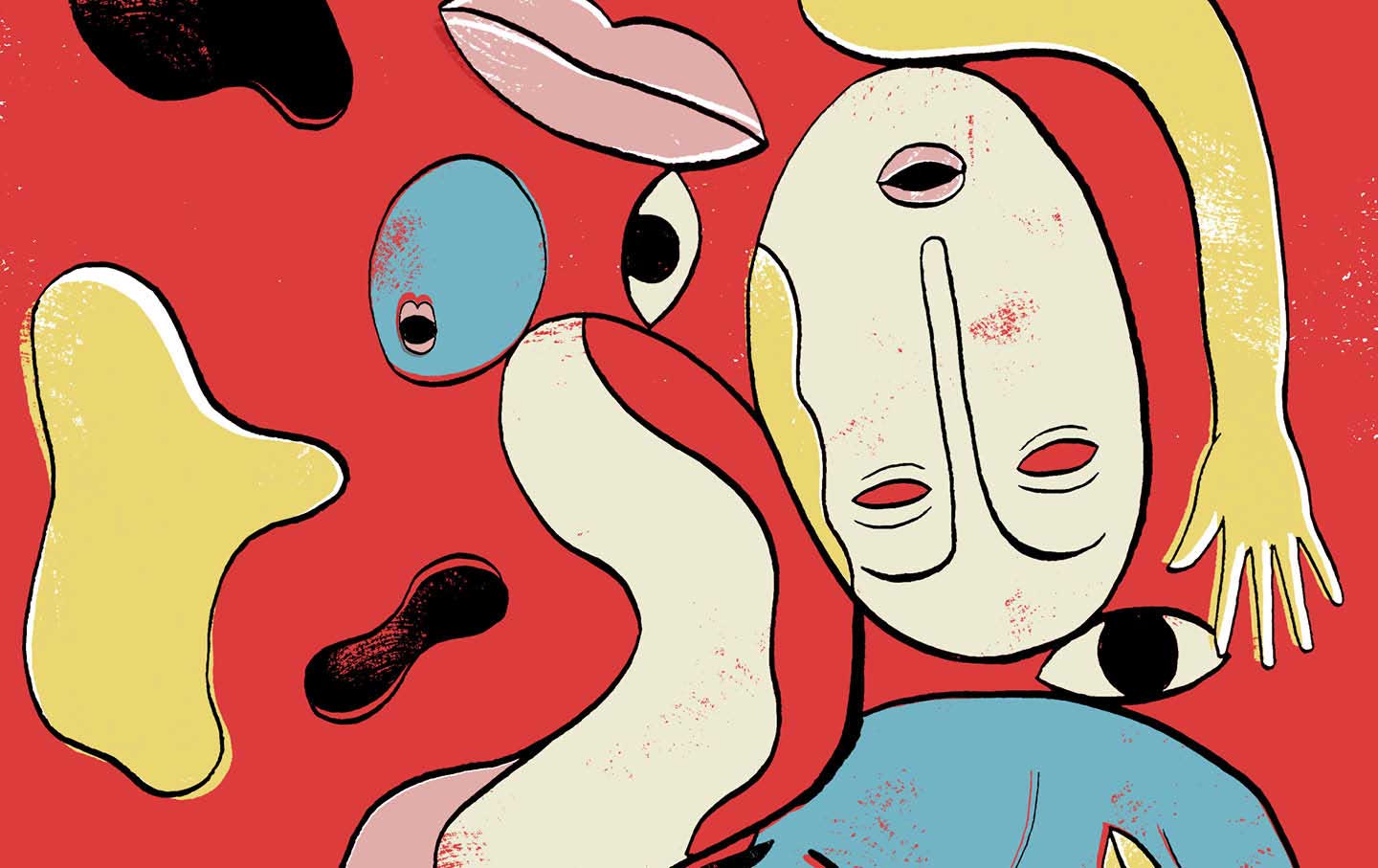Dog Eat Dog
The books of Donald Trump.
Donald Trump’s Long Con
Trump’s “Art of” trilogy may be full of willful exaggeration but the books also reveal how the 1980s and ’90s formed his dog-eat-dog worldview.
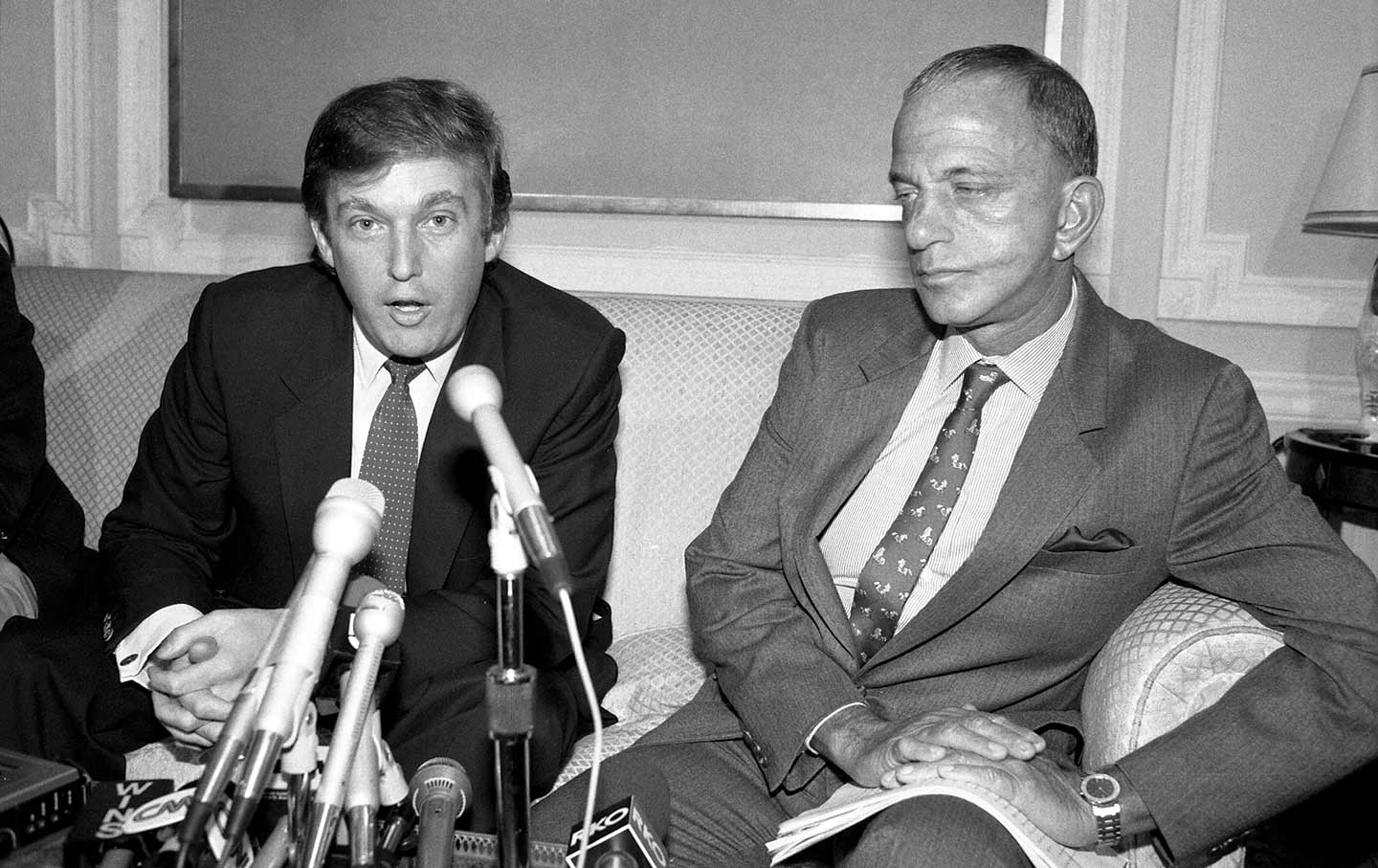
It’s arguably a waste of time to read Donald Trump’s books. In the first place, he didn’t write them; they weren’t even written by the same ghostwriter. His first three books, 1987’s The Art of the Deal, 1990’s Surviving at the Top (republished a year later as The Art of Survival, when Trump’s position could no longer be described as “at the top”), and 1997’s The Art of the Comeback, have three different authors standing in for the Donald: Tony Schwartz, Charles Leerhsen, and Kate Bohner.
Books in review
-
Trump: The Art of the Deal
-
The Art of Survival
-
The Art of the Comeback
Trump is also an inveterate liar, so there’s not much point in parsing the details of some triumphant deal as he recounts them: They have inevitably been altered to reflect favorably on him, so to try to figure out where he’s fudging is to engage in a useless and tedious fact-checking exercise. His Art of… books are works of advertisement—or, as we should say now with the benefit of hindsight, works of propaganda, the production of which is perhaps his main gift. And although these books are all nominally memoirs, Trump is not one for introspection, so we can’t hope to learn much about his inner depths, mostly because he has none: He’s a self-admittedly shallow person.
Finally, though these books were successful and helped to make his reputation (as he would love to remind you), we all know that Trump is far better at other literary genres. His most accomplished modes of self-expression are the angry letter to a critic and the social media post. He indulges in them compulsively and is unable to disguise any sentiment or refrain from commenting on any issue that bugs him. As a result, we know what Trump thinks on almost everything; he will not shut up. So what could one possibly hope to learn from a trio of now multi-decade-old books?
As it turns out, quite a lot. The books respond surprisingly well to close reading. Since we are so familiar with Trump’s vocabulary and patterns of speech, it’s not hard to tell when something is more or less a verbatim piece of an interview or overheard speech and when it is the work of the ghostwriter. Tony Schwartz, the ghost on The Art of the Deal, revealed that the term “truthful hyperbole” to describe Trump’s penchant for exaggeration was his coinage, not Donald’s. But we could have figured that one out ourselves: There are far too many syllables, and neither paradox nor euphemism is among Trump’s favorite rhetorical devices. Likewise, we cannot imagine him using the words hypocritical and tawdry, which were put in his mouth by his ghost on The Art of Survival, whereas this assessment of Richard Nixon from the same book does sound like him: “I’ve seen some real killers in my line of work, but Richard Nixon makes them look like babies. The man is a rock, like him or not, and when you think of how far he’s come back and the things he’s endured, he’s even more amazing.” It’s also hard to imagine that anyone else produced this recollection of his (failing) marriage to Ivana in The Art of Survival. After telling the reader how Ivana would call and implore him to attend this or that fancy function for some notable personage, and how he would inevitably relent, Trump writes: “When I hung up the phone, though, I’d often say, loud enough for anyone standing in the office to hear me, I suppose, ‘My life is shit.’”
And yet Trump’s entire enterprise has been to convince us that his life is not shit: that he’s always winning, indeed that he’s a natural-born winner: “More than anything else, I think deal-making is an ability you’re born with. It’s in the genes…. It’s about instincts.” This genetic predisposition, we are supposed to accept, has given him a preternatural talent for business. Trump is at great pains to insist that everything he does is spectacular and great and glamorous. He may face challenges from time to time, but he inevitably overcomes them because he’s a winner. All of his losses are written off—often quite literally. But what has always made Trump entertaining is that, while he might be unrelentingly positive about his own achievements, he’s all negativity about everyone else’s. As he tells us in The Art of the Deal, one of his favorite business techniques is depreciation: He “appreciate[s] depreciation.” And this is perhaps what his Art of… books make most clear: that Trump’s true talents lie in being the devaluer, the put-down artist, the insult comic; that, at times, he can admit that his life is shit—but only because it’s the fault of others.
Throughout the Art of… books, one of Trump’s favorite expressions of approval is calling someone “a rock”—a person without vices and of extremely consistent habits, a person who doesn’t change. Trump’s father was a rock. His mother was a rock. Trump himself is a rock. Alas, his older brother, Fred Jr., was not a rock.
Interestingly, many of Trump’s critics agree that the man has not changed. This sociopathy, they argue, was learned early from his domineering father, Fred, who bullied Fred Jr.—with some help from Donald—into alcoholism and an early grave. In this telling, Trump may have also learned some new tricks from Roy Cohn, but he’s essentially always been this way: a “malignant narcissist,” according to the psychological school of Trump interpretation, which is the same thing as saying that he’s a born winner, except in derogatory terms. It also puts him outside of history; he’s a force of nature, a cancerous growth on the body politic.
But what those early books remind us is that, no matter their bullshit and self-flattery, Trump does have a history —that his view of his own rock-like constancy and almost everyone else’s instability was also forged by history. Something does change over the course of the Trump trilogy, at least on the level of how he is willing to present himself in public—and, of course, the world around him is also in a state of constant flux.
In The Art of the Deal, we find a triumphant Trump at the height of his success, having moved from the family business in Queens to the adamantine canyons of Manhattan. In The Art of Survival, we witness Trump’s tower beginning to shake a little, and in The Art of the Comeback, he has had a close call with ruination and, by his own account, is doing better than ever. By these latter two books, something else has changed: He’s more frankly an asshole. After years of trying to stay on top, after years of struggles that he himself might not admit to, here is Trump as we have come to know (and, for many people, love) him. By the time we get to The Art of the Comeback, we see him having come into his own. Long out of print and now selling for exorbitant prices on Amazon and AbeBooks, The Art of the Comeback is also Trump’s masterpiece (no doubt largely because of the talents of its ghostwriter and editor), a book that’s compulsively readable and funny. In it, Trump is a nasty sonofabitch, and he’s not afraid to say so.
The Art of the Deal was written in the go-go ’80s. Trump’s brand of gaudy success was emblematic of that decade. As the media liked to say at the time, he had “the Midas touch,” and this was almost literally true: Everything he touched became gilded. Gold is one of Trump’s favorite decorative materials, along with marble, glass, and steel—in short, any surface that can reflect a dazzling light. Trump may operate from the tonier precincts of 57th Street, but his business techniques are not substantially different from the hustlers you might find 10 blocks south in the Diamond District: He tries to pass off gold plate as the real thing. At the end of the decade, the Golden Empire was found to be hollow: The appreciating value of properties driven by a booming market in real estate covered up the negative cash flows. When the bubble burst, so nearly did Donald.
In The Art of Survival, things are starting to get shaky, and not just in Trump’s business: His marriage to Ivana, an integral part of his brand, is also falling apart. In The Art of the Deal, things had been going great, but in Survival Trump has become irritable, bitter, even depressed—so much so that he begins it with a meditation on mortality: Three close business associates have died in a helicopter crash on their way to Atlantic City. Trump might have been on that helicopter too.
As we make our way through the rest of the book, we learn that Trump has a lot to be pissed about. For one thing, Forbes magazine no longer considers him a billionaire, which he attributes to a souring personal relationship with Malcolm Forbes. (For Trump, everything is personal.) He also begins to identify with Howard Hughes and says he understands his fear of germs. Once, the press cheered him on; now it’s rooting for his downfall. People make quips about his divorce; he has become a national punch line. He says he’s realized “that life is a series of struggles” and that he’s “come to relish the struggles.”
And yet, in The Art of Survival, it often seems that Trump relishes everything but his struggles: The entire book is one lengthy complaint. In The Art of the Deal, Trump says he’d wanted nothing so badly as to leave the tedium of Queens and experience the glamour of Manhattan. Now, in a new decade, he is jaded. The crowd of successful people he wanted to hobnob with have turned out to be a nest of vipers, driven by spite and envy. “At one time,” he writes, “I’d been thinking of calling this book, Everybody Hates a Winner. To me, the title rang true because, frankly, I sense a lot of jealousy and hostility from many people I do business with or see socially. Some of the most successful people, I’ve noticed, can associate only with people less successful than themselves. When they’re around someone who gets more attention than they do and has accomplished more than they have, they display a major personality complex, acting nervous and uneasy—and I’m sure they say vicious things behind the more successful person’s back.”
By the end of Survival, Trump has become more downbeat and mordant. But he can still pay homage to a commonplace of human behavior: “Yet despite what many people think, being tough has nothing to do with bullying people.” He recommends being “friendly, polite, and upbeat” in business dealings. In The Art of the Comeback, he sings a different tune: In his early-’90s fight to save his empire—his “most brilliant period”—he describes his methods as “screaming, shouting, and foul language.” In Comeback, Trump’s creeping sense of paranoia has become a survival skill. “Be Paranoid” is No. 3 on “Trump’s Top Ten Comeback Tips.” “I have noticed over the years,” Trump (or his ghostwriter) says, “that people who are guarded or, to put it more coldly, slightly paranoid, end up being the most successful. Let some paranoia reign! You’ve got to realize that you have something other people want. Don’t let them take it away.”
No. 9 is somewhat related: “Get Even.” “During the bad times, I learned who was loyal and who wasn’t. I believe in an eye for an eye. A couple of people who betrayed me need my help now, and I am screwing them against the wall! I am doing a number…and I’m having so much fun.”
The title of The Art of the Deal says it all: A deal, by its definition, is not an entirely zero-sum equation, although one side—usually his, in Trump’s telling—will always get the better end. And even when he doesn’t, he will manage to win out eventually.
In the 1980s, Trump still paid lip service dutifully to a capitalism of opportunity and shared benefits. “Deals work best when each side gets something it wants from the other,” he writes. In The Art of the Deal, the formulas for success are still the virtuous bromides of American commerce: work hard, be patient, be prudent, be thrifty, and deliver the goods: “You can’t con people, at least not for long. You can create excitement and get all kinds of press, and you can throw in a little hyperbole. But if you don’t deliver the goods, people will eventually catch on.” As the New York Times reviewer wrote at the time, “Mr. Trump makes one believe for a moment in the American dream again.” For a moment.
At the beginning of The Art of the Deal, Trump says he doesn’t make deals for the money; instead, the work of creative compromise is an end in itself. “Deals are my art form,” Trump insists. “Other people paint beautifully on canvas or write wonderful poetry. I like making deals, preferably big deals. That’s how I get my kicks.” The Trumpian “deal” is an art form in the sense that it’s a bit of an appearance, an illusion. It usually involves navigating a thicket of dodgy political connections, tax incentives, and legal loopholes; then he stamps the product with the “TRUMP” label and he’s in business. The complicated becomes simple and neat. No one will inquire into the details.
As he made more and more deals, Trump came to realize that a lot of the people involved weren’t always paying close attention to the details. A real estate investment trust (REIT) might be eager to buy a property that looked good on paper, but there was a good chance the trust was staffed by indifferent bean counters who had no personal stake in the outcome and didn’t have the wiles of a cunning old landlord who could ken a building going to seed. And so there was a mark. In a world dominated by corporations and bureaucracies, the techniques of the small businessman—personal relationships, favor-trading, and just showing up and doing things yourself—still furnished advantages.
Just being a personality at all helped in this depersonalized world. You could call the business model Trump developed a kind of personality arbitrage: He leveraged being a little guy, being able to move nimbly through spaces that corporate behemoths could not yet traverse. This is not much different from his political appeal: putting a human face on extra-human forces and processes. Trump’s the quintessential big little guy; he came from Queens and managed to survive in the stratosphere of international capital flows. And he says he understands how it all works and that he can teach you. But what his Art of… trilogy reveals is that he doesn’t really know what’s driving him or what’s going on at all. If anything is Trump’s constant, if anything makes him a rock, it is this: “If you ask me exactly what the deals I’m about to describe all add up to in the end,” he writes in The Art of the Deal, “I’m not sure I have a very good answer.”
If Trump doesn’t make deals for money, then it must be for fun. But as his books demonstrate, he doesn’t really enjoy luxury per se. He’s no voluptuary. There is very little he does seem to enjoy. He doesn’t drink or do drugs. “I’m a man with very simple tastes—not in building design, perhaps, but in most other things. I don’t like rich sauces or fine wines. I like to eat steak rather than pheasant under glass. I prefer, on most nights, to sit in bed with the TV tuned to some movie or sport event and the phone not far away.” He bought billionaire Saudi arms dealer Adnan Khashoggi’s yacht and renamed it the Trump Princess, but never really enjoyed it: As he frankly admitted, “it was more a trophy than a personal toy.”
Even fame doesn’t do it for Trump. In The Art of Survival, he recalls being featured on the cover of Time magazine: “The truth is that it didn’t feel like much of anything. There I was, looking out from every newsstand in America, and holding an ace of diamonds in my hand. But in my mind all I could hear, once again, was Peggy Lee singing ‘Is That All There Is?’”
Trump is a confirmed sexual predator. Surely here there is evidence of an uncontrollable appetite. But women, like everything else, are trophies for Trump. His taste in women is highly conventional, because only then could they function as a marker of success, a way of keeping score—as he says, it’s about “the getting…ot the having.” In the end, he’s all about quantity. And for all the glamour and glitz, he’s no less the miser than his father was.
Popular
“swipe left below to view more authors”Swipe →In the end, for Trump, it’s all for show. But appearing to be successful—appearing to be a winner—is not just a matter of personal pretense, a simple case of egotism: For Trump, it’s the very substance of his existence as a businessman. He became fabulously wealthy in the 1980s through leverage and extensive borrowing. As long as the value of the assets appreciated faster than the interest rate, he was golden. The cash flows of the underlying property didn’t matter: He could always borrow more to service the other loans so long as it seemed like his empire was increasing in value. No one noticed or cared if anything was making money.
But to succeed under these terms required the appearance of endless growth, hence the acquisition of ever more assets, heedless of their underlying financial sense: an airline, casinos, luxury hotels, anything that signified bigness. Most of us borrow so we can buy; Trump bought so he could borrow. He was like a one-man speculative bubble. He was also, in the 1980s and ’90s, a speculative bubble in a sea of them. As the economist Hyman Minsky observed, Trump got caught up in the cycle of “Ponzi financing,” which works only so long as the market is going up—and when real estate crashed in the 1990s, so, too, did Trump. The banks got curious about the cash flows and didn’t find much there, leaving Donald suddenly exposed. In The Art of Survival, the tide is going out quickly, and Trump is getting uncomfortable; by The Art of the Comeback, the tide has come back in, and he’s covered again.
If anything approaching the status of trauma can exist in Trump’s life, it was the real estate crash of 1990 and the subsequent recession, which he somewhat hyperbolically calls a depression: “I personally witnessed the end of the real estate market and the beginning of what I term the Great Depression of 1990–1993,” he writes. “That’s right: I use the word depression. It was not a recession. It was, in fact, a depression, more severe than anything that had taken place since the early 1930s. Real estate markets were reeling. Banks were failing. Certain industries—retailing, the airlines, and countless others—were being virtually wiped out.” It all coincided closely in time (not so coincidentally, perhaps) with his divorce from Ivana.
Trump was suddenly no longer in control. He discovered, as all businessmen eventually do, that he was dominated by a force much bigger than himself: the market. But he experienced being the victim of market forces as a personal betrayal. The media was no longer his collaborator in hype creation but instead scrutinized his financial situation. “The media is simply a business of distortion and lies,” he writes. The bankers who were so open-handed during the boom times were now “nasty” and “real jerks” as Trump had to struggle with them to restructure his debt and sell off assets. He was able to avoid the kiss of death—personal bankruptcy—but four of his businesses went through Chapter 11 during the time he calls his “blip.”
In the end, Trump made out OK—in fact, he somehow made out better than before. The terms he was able to negotiate with his creditors were ultimately favorable, and he was buoyed by another boom time and ended up even richer than he was in the ’80s. But that didn’t stop him from feeling aggrieved by the experience and from transforming that sense of grievance into a new existential principle.
Making deals now gave way to “fight, fight, fight.” Competition was everywhere, including in the bedroom. “People are really vicious, and no place are they more vicious than in their relationships with the opposite sex,” Trump writes in The Art of the Comeback, in which he outlines his particularly modern form of misogyny. The problem with women is not that they are weak but the opposite: They are too strong, even predatory. They are also virile, phallic—particularly the women encountered in high society. “I was always of the opinion that aggression, sex drive, and everything that goes along with it was on the man’s part of the table, not the woman’s. As I grew older and witnessed life firsthand from a front-row seat at the great clubs, social events, and parties of the world—I have seen just about everything—I began to realize that women are far stronger than men. Their sex drive makes us look like babies.”
Femininity is a kind of lure. “Women have one of the great acts of all time,” Trump writes. “The smart ones act very feminine and needy, but inside they are real killers. The person who came up with the expression ‘the weaker sex’ was either very naive or had to be kidding. I have seen women manipulate men with just a twitch of their eye—or perhaps another body part.” This leads us to Comeback Tip Number Ten: “Always have a prenuptial agreement.” Marriage is a kind of business arrangement made with a particularly unscrupulous and canny competitor.
Of course, Trump is projecting: What he attributes to women are many of his own qualities. And what he doesn’t like about them, he doesn’t want to see in himself. In The Art of the Comeback, he praises Ivana as a great woman and then snipes at her, saying that “she didn’t treat me fairly.” (Elsewhere, though, Trump is keen to remind us that it was he who did the leaving.) But what really bugs Donald about Ivana is not their differences but that they are so similar. Watching her on TV, he has the uncomfortable sense that he is watching himself. “What also upsets me about Ivana is her little business. While it does okay, it always fascinated me that she would talk about herself as a businesswoman and not as someone who received a large settlement from her husband.”
Trump, of course, had the help of a wealthy father, but he’s not about to concede that. “Ivana never gave me credit for how good I was to her. She tried to minimize to almost nothing everything that I did for her. She claimed she made all of her money through business, which is total nonsense.” Yet Trump is incapable of recognizing what has been done for him; everything he achieved is the result of his own determination. “She tried to play down the name Trump, but when going by Ivana alone didn’t work, she immediately switched back. Worse, after telling everybody she wouldn’t use my name, she came out with a book with the name Ivana Trump in big letters, right on the front cover. She realized very soon that the Trump name is a great big asset.” For Trump, Ivana is a kind of parasite who claims independence but is dishonestly dependent on the good graces of a supportive society. Who does that sound like?
Trump credits his own ingenuity and cleverness in escaping personal destruction, but the fact is that the gods of capitalism decided that he was worth more to them alive than dead. It was an actual deal, a pact of mutual benefit, but it left him feeling more bitter and angry than relieved or grateful. In the end, Trump even viewed his return to success not as redemption but as revenge.
This vindication eventually necessitated a career transition, too. More than anything else in the 1980s, Trump built a brand, and his creditors saw that the brand was still more or less intact. By the late 1990s, his brand had become the object under negotiation in his deals—like Coca-Cola or Heinz ketchup, it represented something familiar, dependable, even nostalgic. It was something that people could understand, unlike, say, financial capitalism or the rapid pace of technological change. So Trump moved from building and acquisitions, where he’d failed, to licensing his name, his most valuable property.
In politics, too, Trump puts a human face on capitalism. He represents both the aspirations and the grievances of people everywhere who feel its abstract power on their back but cannot understand it. He represents the possibility of success, and of revenge for the constant humiliations that living in a competitive society deals out. His brand says: “Be like me and you can make it too.” He is the president of a country that has given up building and has given itself over totally to hucksterism.
Trump no longer owns most of the buildings that bear his name today. He no longer trades in real estate or negotiates over building materials. Now he is primarily a hype man and a promoter—he’s in show biz. He’s certainly performing that role for the oligarchs he stood in front of at the inauguration. Maybe they think they can control him, but Trump thinks he is in control and ought to be in control. He believes his own hype and propaganda. He also believes in the power of getting even. His survival depends on it. A former president of the United States once called him a carnival barker. That’s true, so far as it goes. But Trump’s belief system is dog-eat-dog. And where there’s barking, biting often follows.
